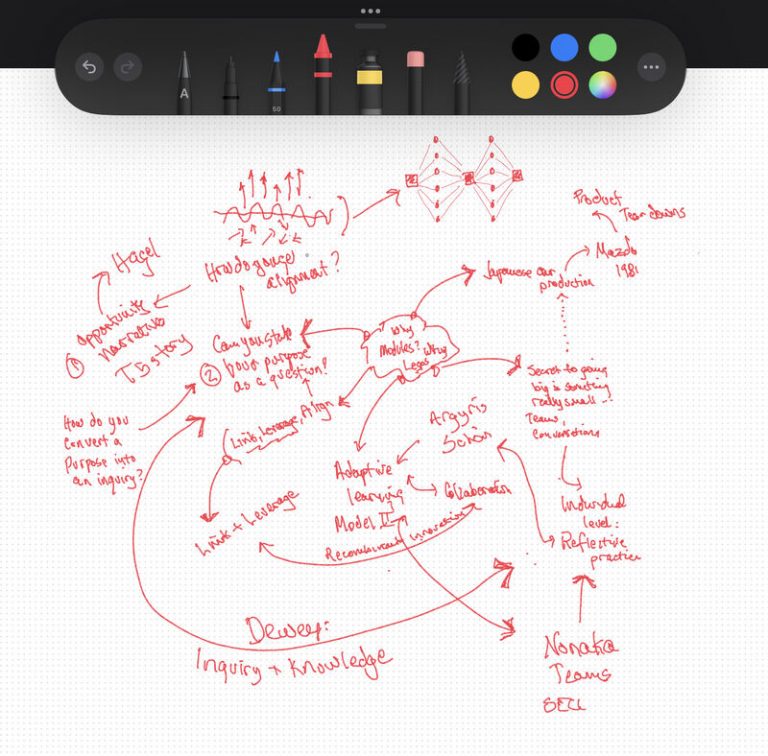Modularity
The secret to going big is something really small: a module.
Modularity enables small things to grow into large things. Solar cells become solar arrays that become solar power stations. Modularity also makes sense to understand living systems. It’s a central concept in evolutionary biology. (See Melo et al., (2016). Modularity: genes, development, and evolution.)
Yet, despite its importance, we don’t think enough about — or design for — modularity.
It’s a key point in a marvelous book released earlier this year: How Big Things Get Done.
WHY MODULARITY MATTERS
I learned this lesson on the factory floor of Mazda’s main assembly plant in Hiroshima. It was 1984. I was part of a strategy consulting team working for Ford. The company’s executives wanted to know how Mazda was able to manufacture a small car at significantly lower cost.
They suspected the answer revolved around differential labor rates and the manipulation of Japan’s currency. These factors did play a part, but their influence was far less than what Ford executives suspected.
What matter more: modularity.
Mazda had a far simpler design. A product teardown of the Mazda GLC and Ford’s Escort revealed that the GLC had far fewer parts.
More modularity translated into faster, more agile assembly. Just-in-time. Example: suppliers delivered different seat configurations properly sequenced to the assembly line.
Modularity is not only important for technical systems like automobiles. We can apply the same logic to human systems.
DIG DEEPER: MODULARITY IN ORGANIZATIONS AND NETWORKS (AND THE POWER OF REFLECTION)
Exploring modularity is only a partial reason for this post.
I also want to introduce the power of reflection, a discipline that I followed closely while developing Strategic Doing. The drawing below comes from my notebook early last week.
How Big Things Get Done galvanized these reflections. Chapter 8 is neatly titled, “What’s your LEGO?”
That simple question caused me to reflect on how modularity played an important role in the design of #strategicdoing.
I’ll share some of those thoughts in another post.
I’ll explain how Scott Hutcheson and I designed a venture fund to invest in replicable, scalable, and sustainable collaborations. We used field-tested principles of the SBIR program to design for modularity (https://www.sbir.gov/)
In the meantime, set aside some time to think about what you’re doing, and what you’re learning. Share insights with others.
We are entering a complex phase of human history.
Our traditional, linear approaches to solving problems don’t work on the challenges we face.
Adaptive, wicked challenges require that we design new human systems with modularity so that we can scale success quickly.
“Knowledge management” is not enough. We need “ingenuity generation” powered by new knowledge. Reflective practice creates insights into our complex human systems.
You can think of it as a modular practice to generate new knowledge.
